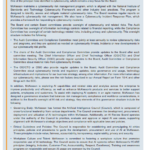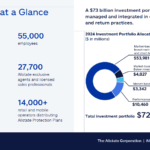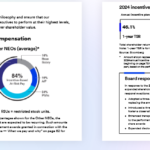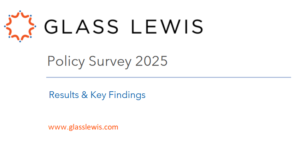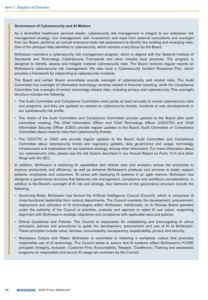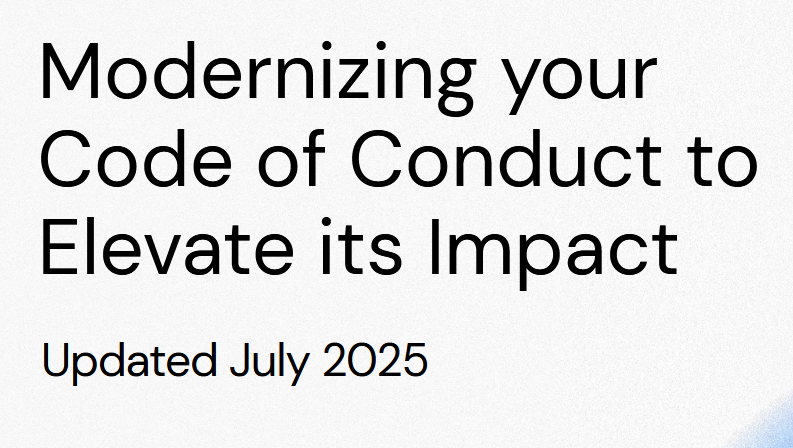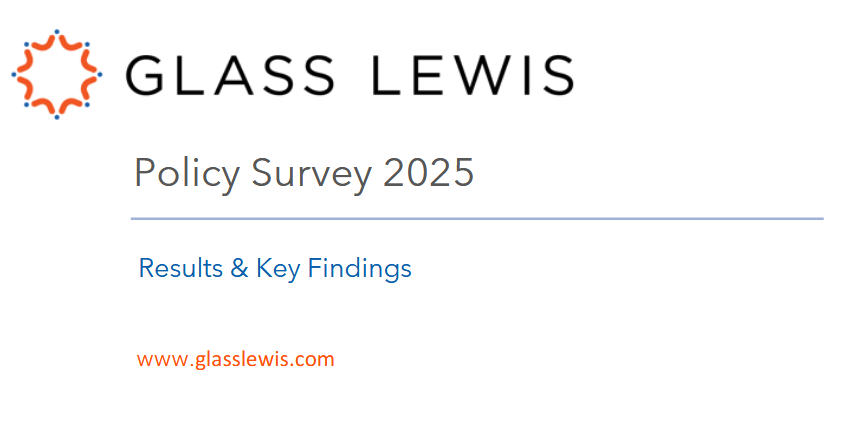We have heard that investors love it when a company provides a “red line” (marked up) version of their bylaws showing exactly what has changed compared to the previous version. Item 601 of Regulation S-K doesn’t require companies to file redlined copies of bylaw changes – they are only required to file a complete copy of the amended bylaws. Some companies do make the effort and file redlined changes – but many do not. [Item 601(b)(3)(i) and (ii) states that if a company is reporting bylaw changes via Form 8-K, it can opt to file only the text of the amendment – and then the company is required to file the complete copy as amended in the next periodic report or registration statement.]
This is particularly an issue when a company amends its advance notice provisions, as many companies have done since the SEC’s universal proxy rules were promulgated as those provisions can easily take up five or six pages of dense legalese, often with minimal indentation and paragraph breaks. From a reader’s standpoint, these can be a nightmare to read without a redline – it can be challenging even with the redlining! – and it increases the likelihood that a nominating shareholder will inadvertently fail to comply with one of the demands and thus have its nominees disqualified, which may help a company that doesn’t want to be challenged via universal proxy but the obfuscation is a “bad look” to investors…






